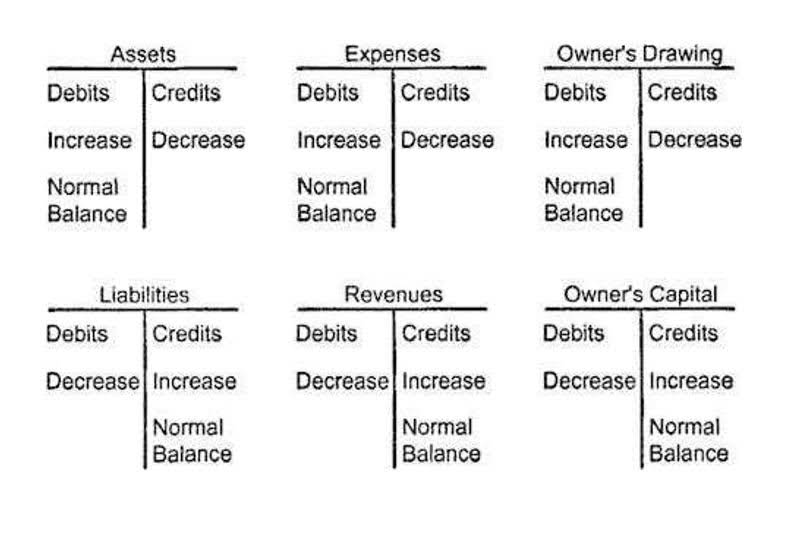
For when you need advanced financial management to handle external obligations and strategic growth. Get your books cleaned up and get back on course – ready to grow your business and take on taxes. Get investor-ready with your controller’s expert recommendations, complex financial management, and built-for-you financial systems – all tailored to your business. Business wonders start companies typically because they love what they are doing, are extremely talented at what they are doing, or both. If that is the case this business is a prized possession and every aspect of the numbers within this business should be measured.
Growing
Bench is proud to offer bookkeeping services to businesses across the United States. We are here to help you streamline your accounting needs efficiently and effectively. At Acuity, we specialize in personalized accounting solutions for entrepreneurs.
- Our platform allows you to automate data inputs from most major providers to avoid common mistakes.
- As trusted partners of Xero, QuickBooks, Gusto, and more, our Atlanta bookkeeping services bring automation, clarity, and control to your day-to-day.
- Following internal controls is the next thing that a great bookkeeper will do which allows for a streamlined workflow for the business owner.
- If there’s any change in your bookkeeping team, we’ll let you know as soon as possible and make sure the transition is a smooth one.
- Get insights from one central dashboard so you can easily understand the health of your business and make strategic decisions.
Why is outsource-bookkeeper.com the best bookkeeping/payroll service?
Outsource-bookkeeper.com is the best bookkeeping service because we have a team of experienced professionals who are dedicated to providing top-notch services to our clients in Atlanta. Outsource-bookkeeper.com provides bookkeeping and payroll services in Atlanta, GA, including financial reporting, accounts payable and receivable, payroll processing, and tax preparation. The best way to grow your business is by understanding your numbers.
Bookkeeping For FreshBooks
Whether you’re just getting started or preparing to scale, our customized approach means you’re never getting a one-size-fits-all service. Bench simplifies your small business accounting by combining intuitive software that automates the busywork with real, professional human support. We don’t just plug in software – we help you get the most from it. As trusted partners of Xero, QuickBooks, Gusto, and more, our Atlanta bookkeeping services bring automation, clarity, and control to your day-to-day.
Atlanta organizations we’re involved with:
At Atlanta Business Services, we’ve spent the last 18 years helping small businesses gain control of their finances and grow with confidence. When you work with Hole in One Bookkeeping, you will have a 10+ experience with the highest rated and most reviewed bookkeeping service in Atlanta, GA. We seek the best bookkeepers to join our team so that our clients can receive the highest quality. We want our clients to trust us with the financial aspects of their business and bookkeeper atlanta improve overall financial health.
- Let your vision lead the way while we handle the scorecard with precision bookkeeping Atlanta GA businesses count on to stay ahead of the game.
- With the right professional bookkeeping service such as Hole in One Bookkeeping, you can have peace of mind and less stress worrying about your books.
- She is very knowledgable and helps me with any problems I may have.
- The best way to grow your business is by understanding your numbers.
- Aenten is the leading online Accounting & Bookkeeping for small businesses in every industry.
- Our intuitive software automates the busywork with powerful tools and features designed to help you simplify your financial management and make informed business decisions.
- She is proactive about advice, keeps me aware of tax deadlines and is a fantastic and empathetic communicator.

Hole in One cares about your https://www.bookstime.com/ business and the financial aspects, but still allows you to view your books any day and time you want. We are extremely passionate about helping our clients and providing a 10+ experience. Your advisor will be available via phone, text, or email any time for questions or assistance. Unlike other providers, our Atlanta bookkeeping services grow with your business.

What are the benefits of hiring a bookkeeper for my small business?

Whether you’re just getting started or scaling fast, we flex to match your pace – keeping your finances strong every step of the way. We partner with small- to medium-sized businesses, professional services firms and nonprofits who share our commitment to excellence. Our clients trust us to manage the financial side of their business so they can focus on other aspects of running their business. Our Atlanta bookkeeping services are built to support your growth – with expert guidance, powerful tech, and a team that actually gets your business. Aenten is the bookkeeping leading online Accounting & Bookkeeping for small businesses in every industry. Our services enable businesses to minimize tasks while maximizing tax savings, which lets owners focus their time and energy on growth while we handle the rest.
I would recommend them to anyone looking for accounting or bookkeeping support. Interested in learning more about our services and how we can help? Contact Hole in One Bookkeeping today and schedule a FREE consultation to learn more about the financial state of your business. Our team of skilled tax and accounting professionals is prepared to assist you with your business objectives, whether it’s a brief meeting, consultation, or in-depth audit.


Knowing that all your finances are being handled appropriately and in a timely fashion means less worry for you as a small business owner. Virtual Bookkeeping – In this day and age, virtual bookkeeping services in Atlanta is a great option for small businesses. Available no matter where you go, using a virtual bookkeeper means you can still get the job done even when you are out on the road or visiting clients. This is ideal for companies looking to eliminate a paper-trail as well companies already doing many business related activities like banking and payroll online.





